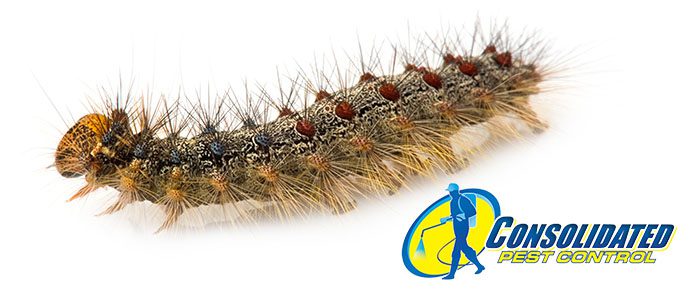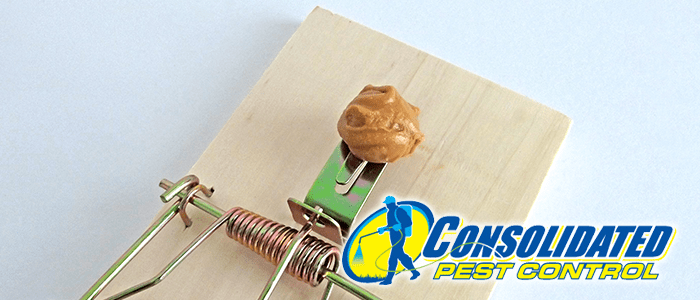
“Look, but don’t touch.”
That’s the advice many pest experts are giving families in central Florida around this time of year, thanks to the colorful and fuzzy looking Tussock Moth Caterpillar. The reason for this sage advice is simple… there are two types of Tussock Moth Caterpillar (the fir tussock moth caterpillar and the white-marked tussock moth caterpillar), and touching either one can cause skin issues like dermatitis, itching, and a rash.
This can be a real issue with children, because they are more likely to try and pick them up due to their bright colors and fuzzy appearance. And it’s not just kids we need to worry about. Besides being an annoying pest, they also spin cocoons that are hard to remove on outdoor furniture, walls, soffits, and decorations we may have in our yard.
These types of pests are especially an issue here in central Florida. Springtime is typically when you can expect to see them out in great numbers. Their preferred hosts, oak trees, are usually not greatly impacted by their presence, but caterpillars that are blown off these trees can land on smaller trees and shrubs and cause landscaping damage.
Getting the jump on these pesky insects is important, as they begin to hatch from overwintering eggs in early March from the oaks they reside on. Over the next 4 to 6 weeks they will feed, followed by a pupal stage in early to mid April.
Using insecticide, manually removing their cocoons with a broom, or sweeping them into a pail of soapy water before they have a chance to begin spinning their cocoons are all effective strategies. If you’d like additional information on how to get rid of these pests, or if you’d like for us to come and help get the job done, reach out today. We are always available for information or a helping hand with your pest issues.








